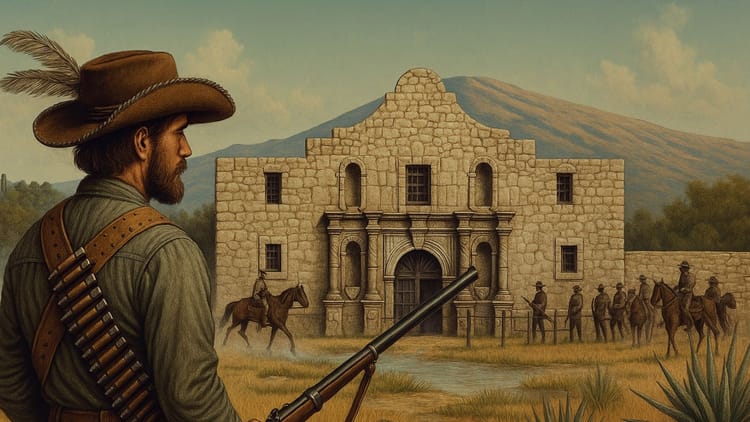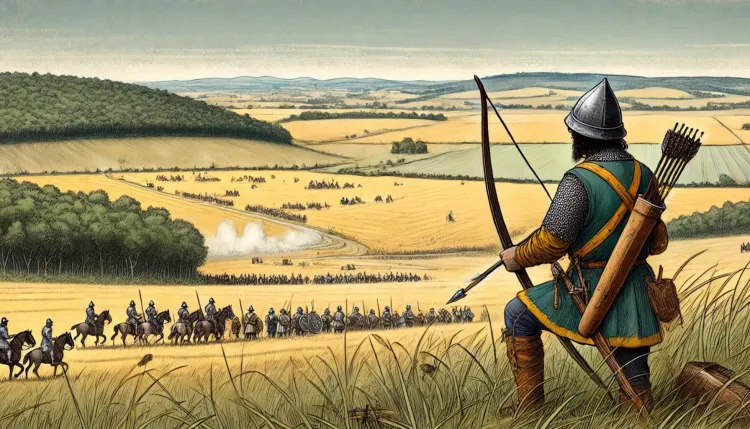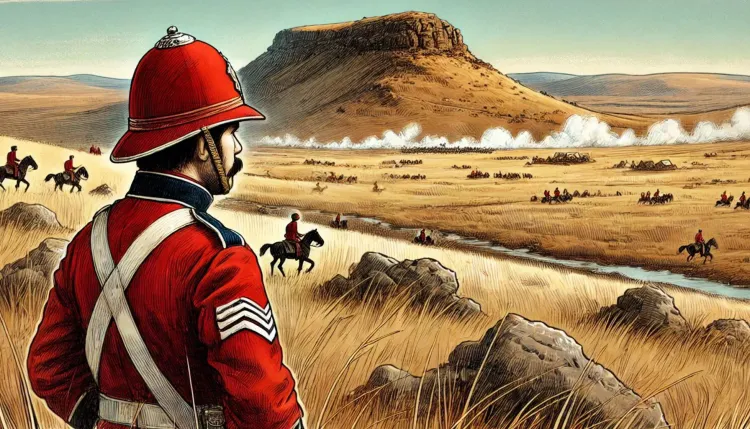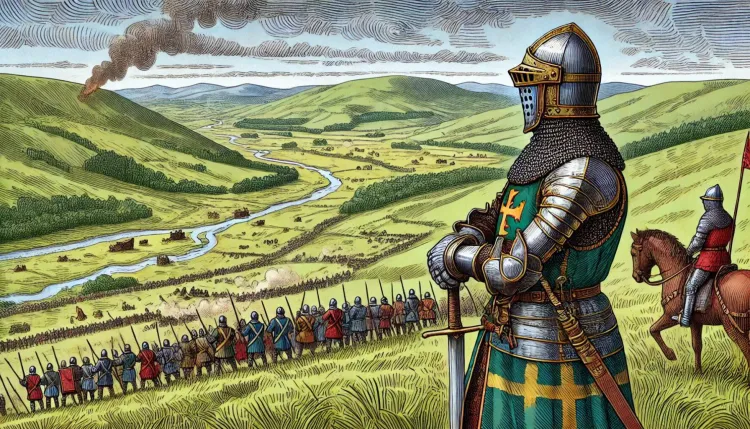Battle of Megiddo
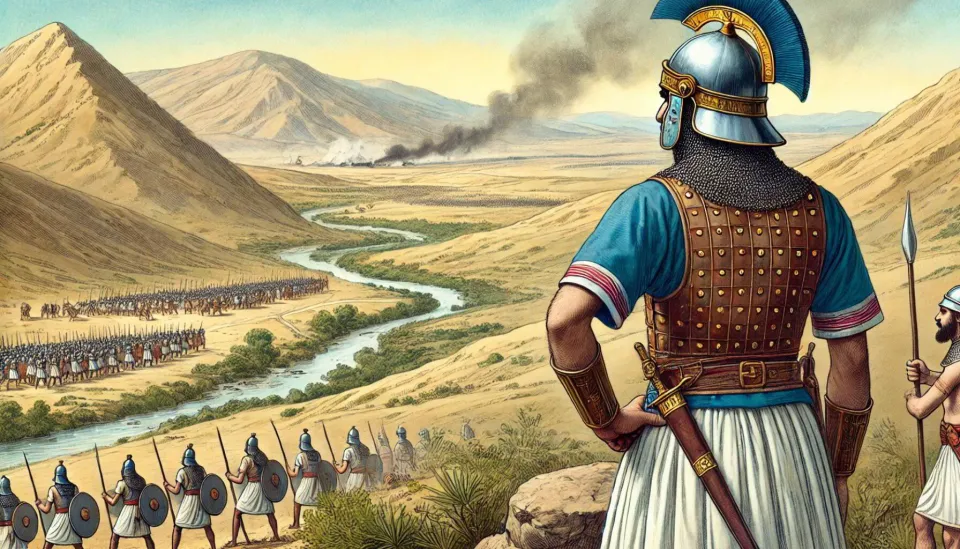
Prelude to Battle
The Battle of Megiddo, fought in 1457 BCE, is one of the earliest recorded battles in history, marking a pivotal moment in ancient military strategy and politics. This conflict took place during the reign of Pharaoh Thutmose III of Egypt, who sought to reassert Egyptian dominance over the rebellious city-states of Canaan. The strategic importance of Megiddo, a key trade route in the Levant, made it a critical location in the power struggles of the ancient Near East.
Before the battle, Egypt had long been the dominant force in the region, exerting control over Canaan and its neighboring territories. However, during the reign of Thutmose III’s predecessor, Queen Hatshepsut, Egyptian influence had weakened, allowing local rulers to gain power. The King of Kadesh, a powerful city-state to the north, formed a coalition of Canaanite kings, seeking to break free from Egyptian rule. They chose Megiddo as the stronghold from which they would challenge the Egyptian army.
Thutmose III, determined to restore Egypt’s supremacy, launched his military campaign to crush the rebellion. This battle was significant not only for the future of Egyptian influence but also for the development of military tactics. Thutmose’s leadership and strategic decisions during this campaign would define his legacy as one of Egypt’s greatest warrior-pharaohs.
Opposing Forces: The Egyptians
Thutmose III commanded a formidable Egyptian army, estimated to be around 10,000 to 20,000 soldiers. His forces included infantry, charioteers, and archers, all well-equipped with bronze weapons such as spears, swords, and shields. The Egyptian military was highly organized, with each unit carefully trained to fight in formation. The chariots, which were a hallmark of Egyptian warfare, provided mobility and striking power, enabling Thutmose’s army to attack swiftly and retreat when necessary.
Thutmose III was a seasoned commander, known for his tactical brilliance and personal bravery. His goal was to reassert Egyptian dominance over the rebellious Canaanite states and restore control over the crucial trade routes that passed through Megiddo. He understood that a decisive victory at Megiddo would not only quash the rebellion but also send a powerful message to any other potential challengers to Egyptian authority.
Morale in the Egyptian camp was high. Thutmose had personally led his army on a rapid march through hostile territory, and his soldiers trusted in his leadership. The Egyptian supply lines were well-maintained, and the army was prepared for the challenges ahead, though they faced formidable terrain and a powerful coalition of enemies.
